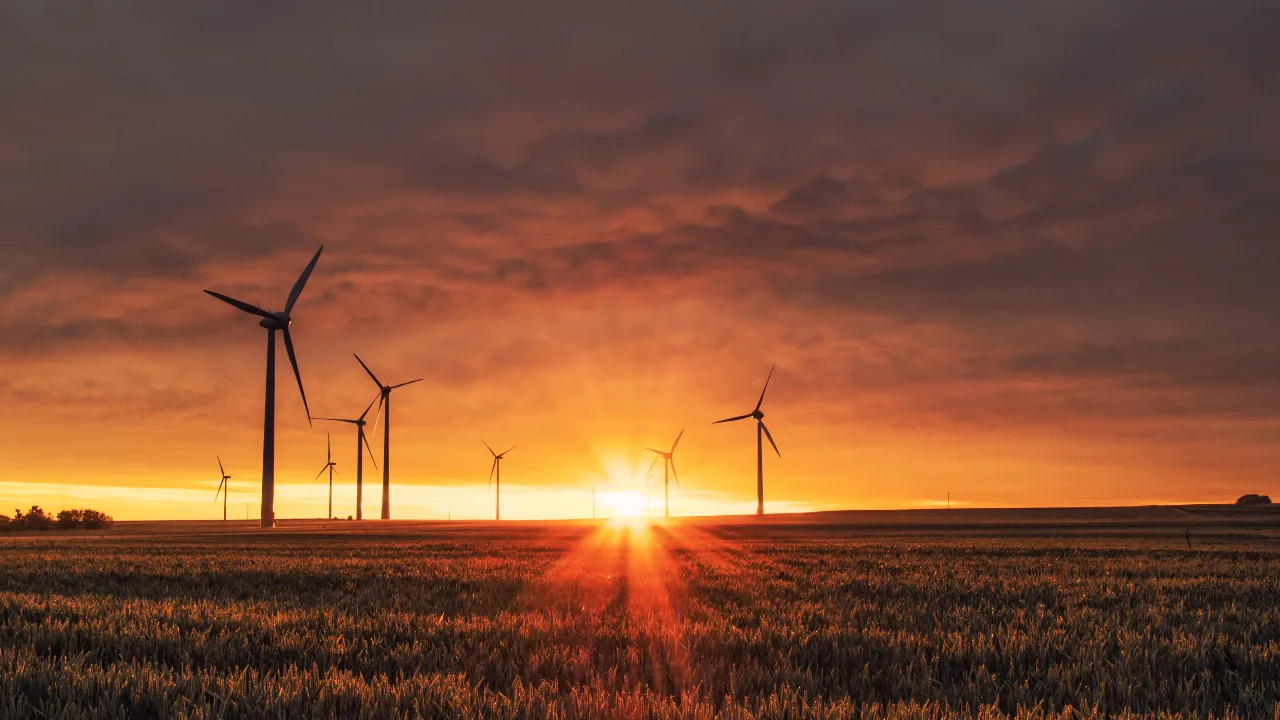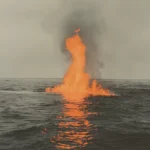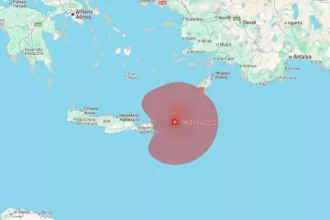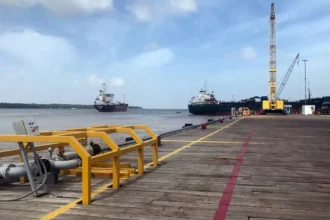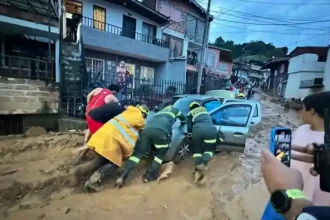The beautiful state of Nagaland is fighting back against serious environmental problems. On May 1, 2025, the Nagaland Legislative Assembly Committee on Environment and Climate Change took its first big step by checking local streams and waste facilities in Kohima. According to PTI News Agency, this new committee is working to make people more aware of environmental issues and find real solutions.
What the Committee Actually Did
Committee Chairman Achumbemo Kikon led the team on special visits to see the real condition of Kohima’s environment. The group checked three main streams that run through the city and two waste management places to understand the problems better.
- Streams visited: Dzüvürü, Vurierü, and Sanuorü
- Waste facilities checked: Solid waste plant at Lerie and waste sorting facility at Meriema
- Committee members involved: Chairman Achumbemo Kikon and member Zhaleo Rio
This environmental committee is quite new, having been formed earlier this year. They had their first meeting on April 24, and this field visit was their first action to see problems firsthand rather than just talking about them.
Why Your Water and Air are in Danger
When you turn on your tap in Kohima and no water comes out, you’re feeling the effects of these problems. “The biggest challenge today is the degradation of the environment,” stated Achumbemo Kikon. He also warned, “There is a serious shortage of water in Kohima and across Nagaland.”
According to DIPR Nagaland, Kohima town faced major water problems in March 2025 because not enough rain fell to fill water sources. The rivers are getting very dirty too. Kohima rivers, including Dzüvürü and Sanuorü, are heavily polluted by household waste and sewage, according to Nagaland Post report.
| Environmental Problem | Details | Impact |
|---|---|---|
| Water Shortage | Major disruption in March 2025 | Daily life affected across Kohima |
| River Pollution | Domestic waste and sewage in rivers | Four polluted river stretches identified |
| Air Quality | PM10 levels exceeding safe limits | Health risks for residents |
The air you breathe in Kohima is also not safe in some places. According to DIPR Nagaland on February 7, 2025, air quality tests showed that dust levels at busy places like PWD Junction and High School Junction were above safe limits. These tiny dust particles (called PM10) can make it hard to breathe.
Warning About Future Water Conflicts
Kikon shared a serious warning that should make all of us think: “We must all contribute to cleaning our rivers. Otherwise, the next global conflict may not be over oil or land, but water.” Think of it like this – just as people fight over valuable things like gold or oil, they might soon fight over something we all need – clean water.
What’s Being Done to Fix These Problems
The good news is that work has started to make things better. Four major sanitation and water treatment projects are currently underway in Kohima. Committee Member Zhaleo Rio shared some hope when he said, “We will release clean water back into rivers.”
- Waste Management: As of March 31, 2025, Nagaland has 39 Urban Local Bodies generating 247.53 TPD (tons per day) of waste
- Water Treatment: Sewage Treatment Plant in Dimapur with capacity of 25.43 MLD (million liters daily) started working on January 14, 2023
- Legal Requirements: National Green Tribunal (NGT) ordered all states to form River Rejuvenation Committees
- Local Action: Nagaland State Pollution Control Board reported on plastic waste in Doyang Dam
The National Green Tribunal (NGT) is like a special court that focuses only on environmental issues. It has given strict orders to all states including Nagaland to clean up rivers and manage waste properly.
Working Together for Better Results
One smart approach the committee is taking is bringing together 16-17 different government departments to solve these problems. According to Nagaland Tribune report, a workshop in Kohima focused on using special mapping technology to help plan better infrastructure and manage water resources.
The Nagaland State Action Plan on Climate Change and Human Health shows that southern districts might get more extreme rainfall and flooding in the future. This means many departments need to work together on solutions.
According to Nagaland government’s report, addressing waste management gaps in 39 Urban Local Bodies needs coordinated efforts from relevant departments. This is like when all members of a family must work together to keep their home clean.
Looking Forward to a Cleaner Nagaland
The committee plans to expand these inspection visits to other districts, including Dimapur. Committee Member Zhaleo Rio expressed his concern about the current situation when he said, “This land is beautiful, but it’s being spoiled by our own actions.”
As you go about your daily life in Nagaland, these environmental efforts will directly affect the water you drink, the air you breathe, and the natural beauty around you. The big question now is whether these new efforts will be enough to turn things around for Nagaland’s environment.
